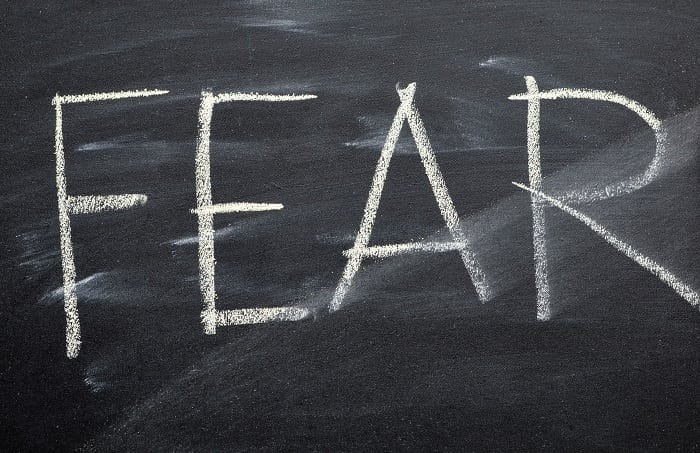The Vix crept up some 25% on Tuesday, jumping from 11.08 to 13.84, its highest level since August 2017.
Monday’s rise in global yields also affected equity markets, with the S&P 500 reporting its worst day since September, down -0.67% at 2,853. The FTSE 100 also got off to a rocky start and was down 0.64% at 7,622 at the time of writing.
Deutsche Bank analyst Jim Reid pointed out this morning, that while “there was nothing particularly igniting the sell-off”, the rise in yields confirms his suspicions that volatility will pick up later in the year.
“To recap we think Q1 will be good for credit but that higher yields and inflation through the year will eventually lead to volatility picking up and spreads reversing,” said Reid.
“It’s too early for too much damage to be done in credit (especially with CSPP technicals still strong) but recent moves have given us a hint of a slightly higher volatility regime if rates continue to climb as we expect.”
The global stocks sell-off was good news for the US dollar, which has remained consistently weak over the last several months. The greenback hit a high of 0.7149p against the pound before settling closer to 0.783p.
“As a result of the drop in equity markets, coupled with a decrease in global government bond prices, the attention has shifted to “safe haven” currencies, boosting the dollar and the yen,” said Miles Eakers, chief market analyst at Centtrip.
“The pound has fallen the most against the dollar and is down 2.3% from its yearly highs of $1.4345,” he added.
“The EU Exit Analysis, a confidential government report leaked yesterday, added to sterling’s woes. The report suggests the United Kingdom will be left “worse off” under all Brexit scenarios, with the financial services, chemicals industry, clothing, manufacturing, food and drink, cars and retail being some of the sectors anticipated to be hit the hardest.”






